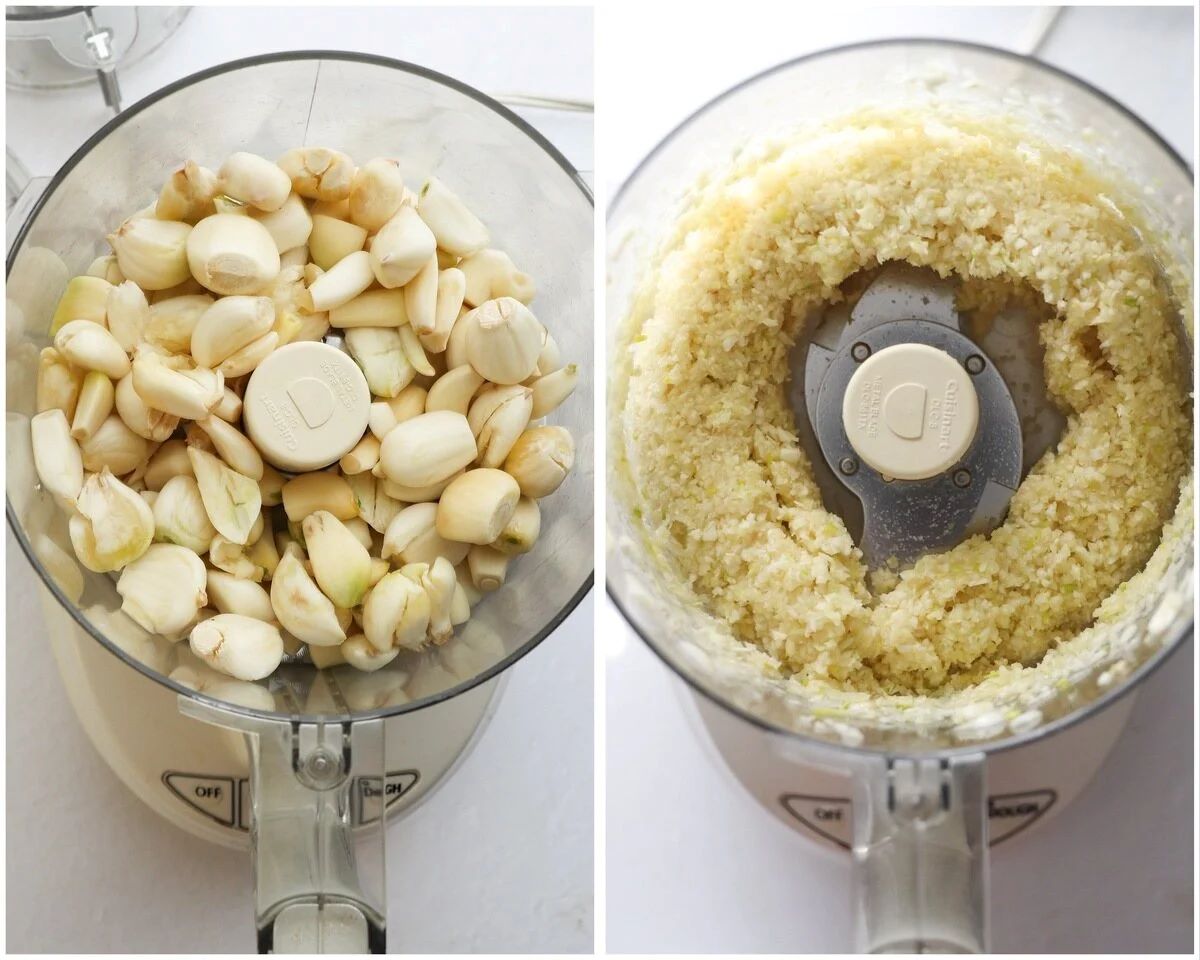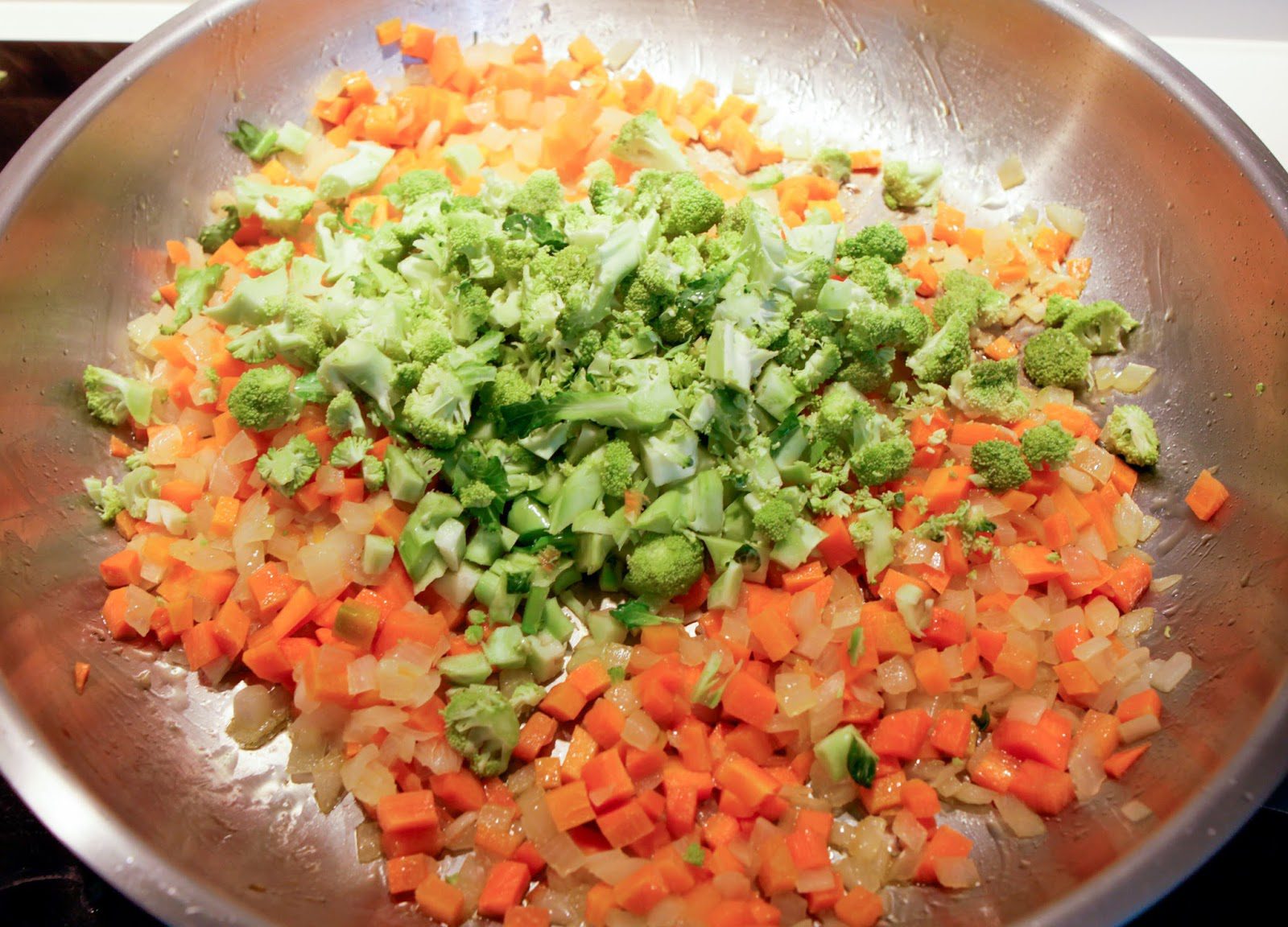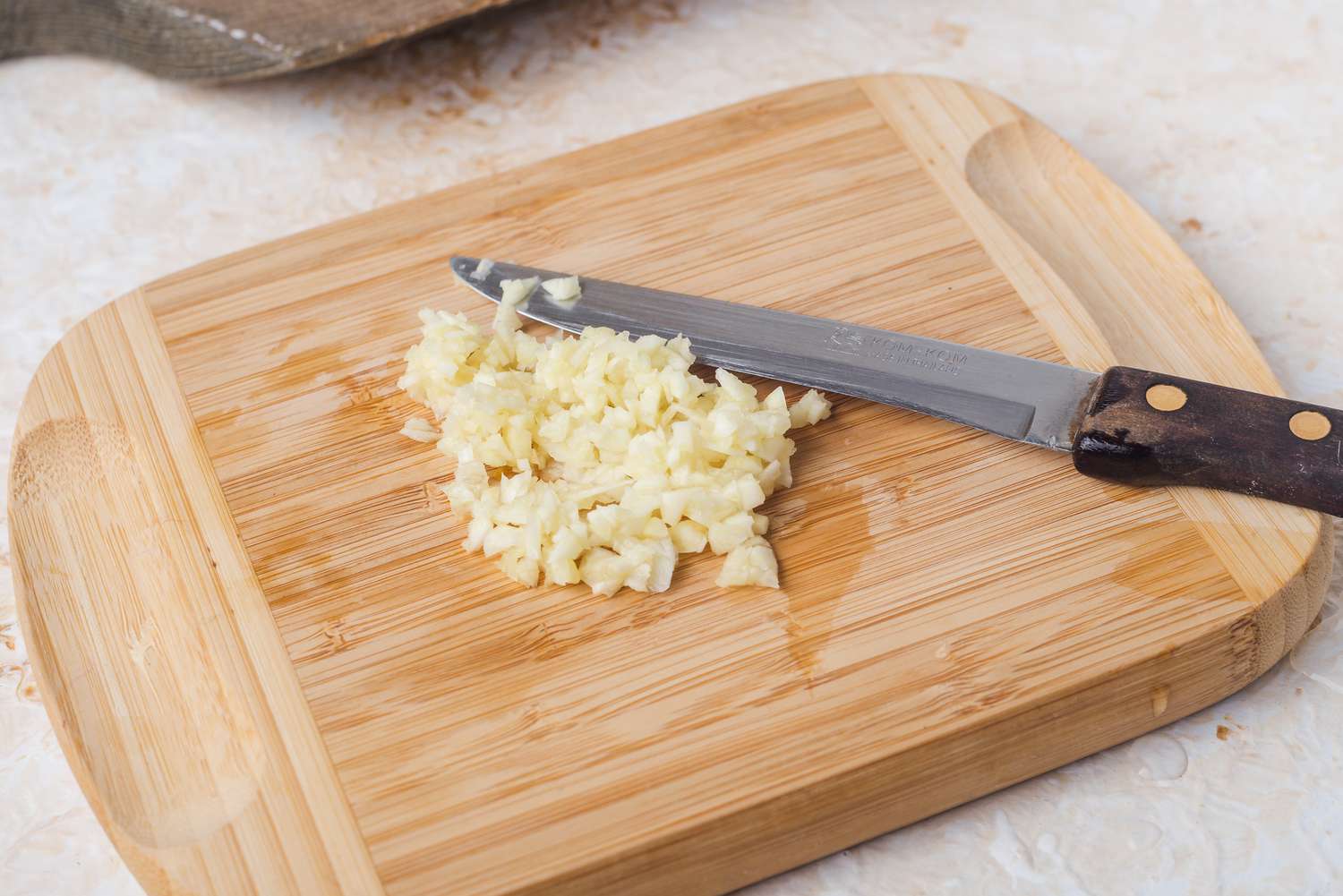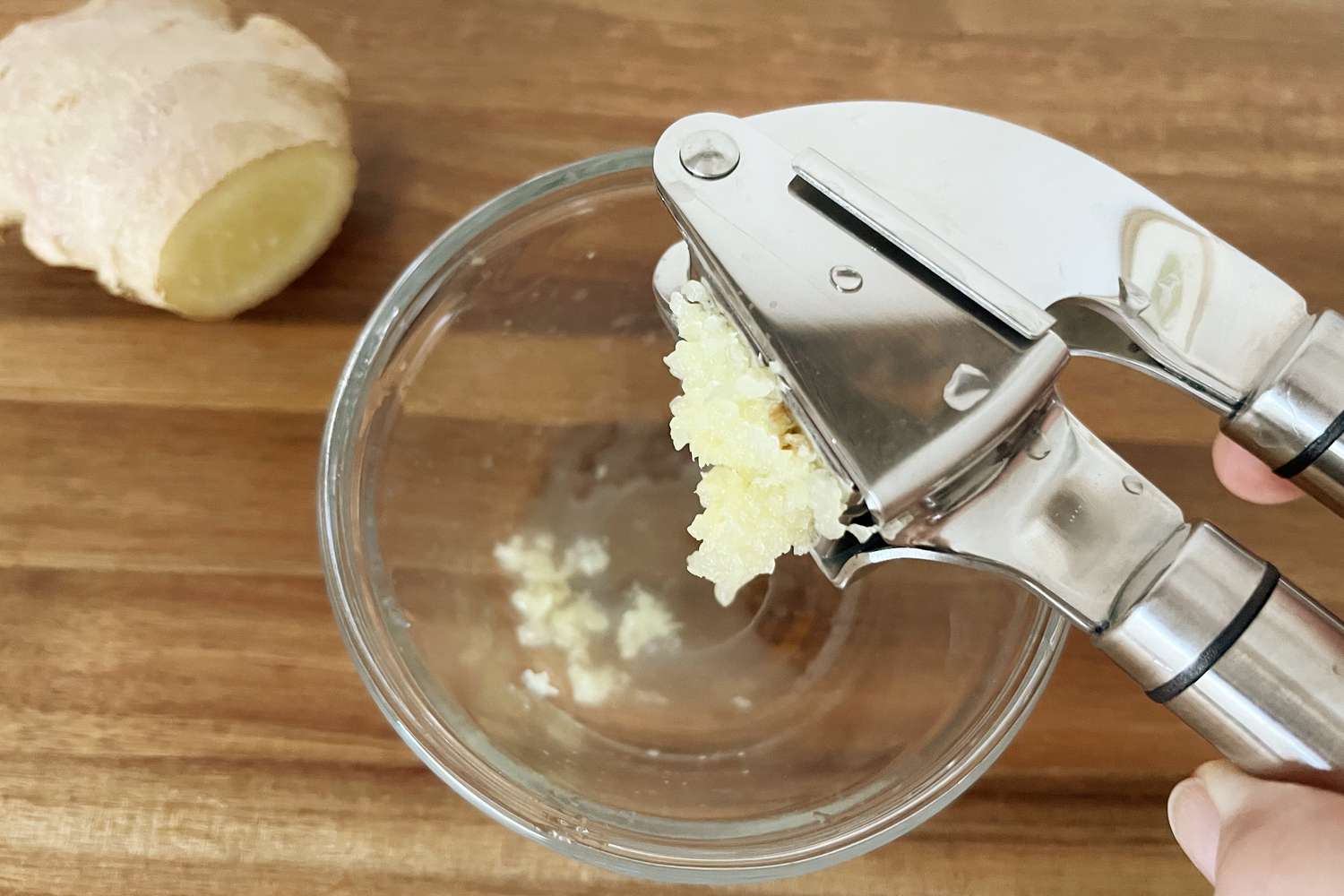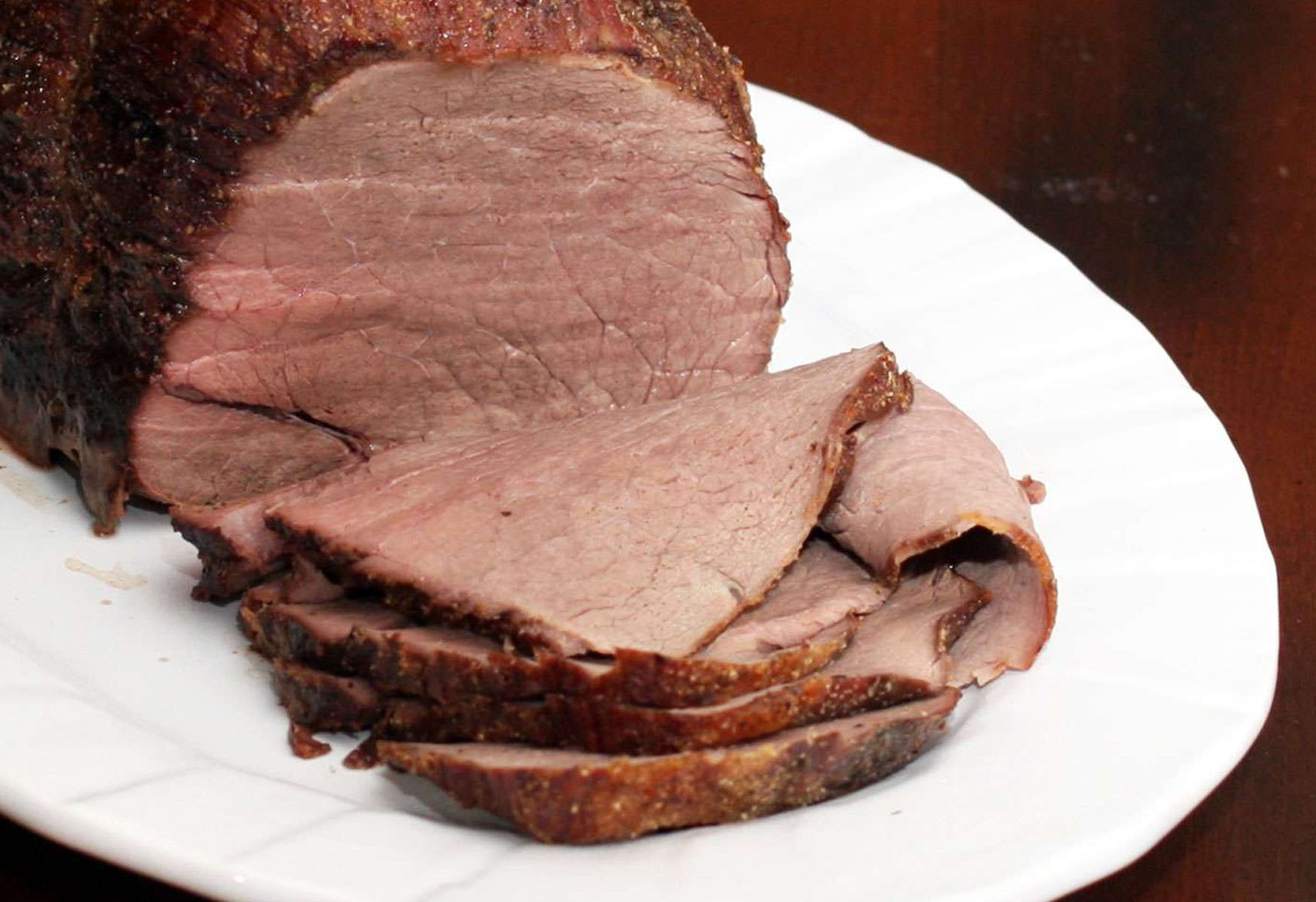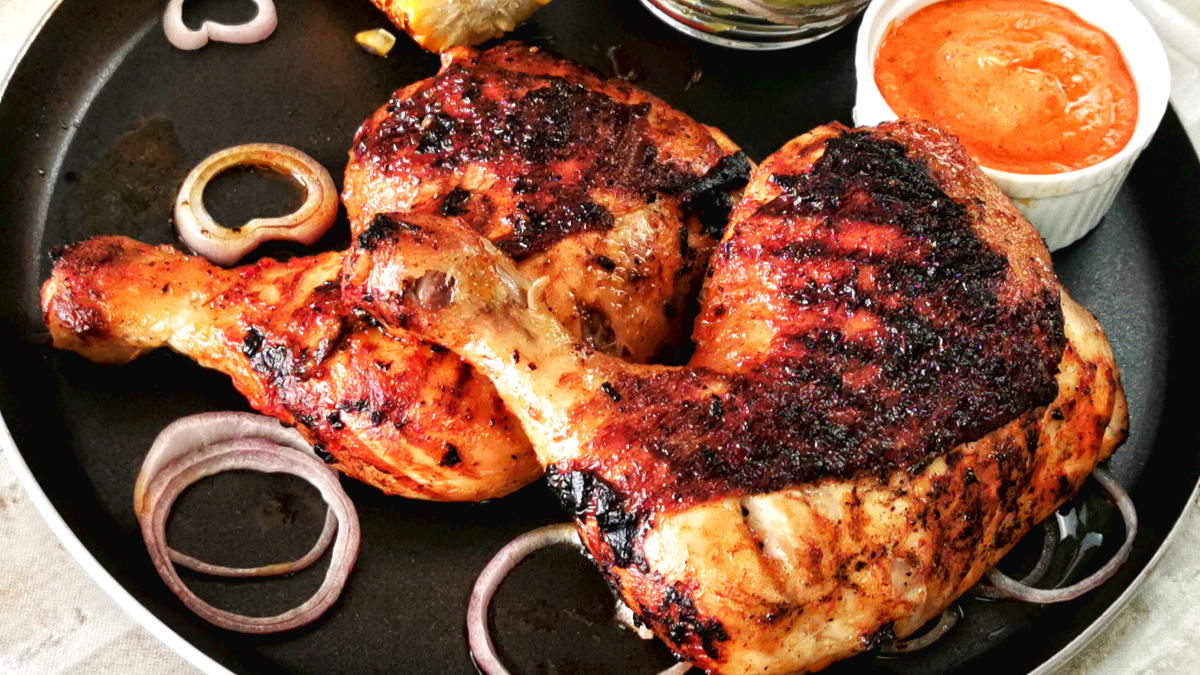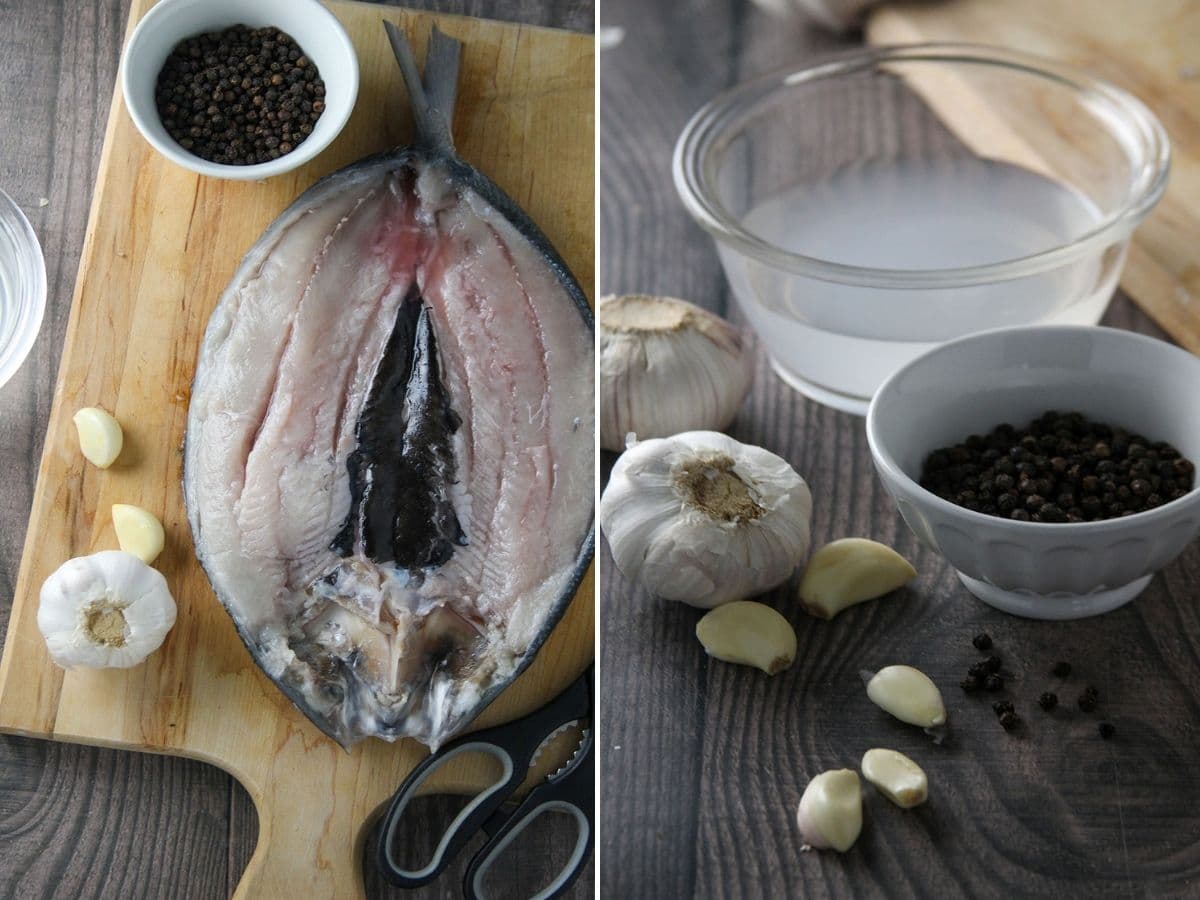Easy and Efficient: Mincing Vegetables with a Food Processor
Are you tired of spending hours chopping vegetables by hand? A food processor can be a game-changer when it comes to mincing vegetables quickly and efficiently. Whether you’re preparing a stir-fry, salsa, or a batch of homemade pasta sauce, using a food processor to mince your vegetables can save you time and effort in the kitchen.
Choosing the Right Vegetables
Not all vegetables are suitable for mincing in a food processor. Hard vegetables like carrots, potatoes, and beets are ideal candidates for mincing, as they can be easily broken down into small, uniform pieces. Softer vegetables like tomatoes and cucumbers are better suited for slicing or dicing rather than mincing.
Preparation
Before you start mincing, it’s important to properly prepare your vegetables. Wash them thoroughly to remove any dirt or debris, and peel them if necessary. For larger vegetables like carrots, it’s best to cut them into smaller, more manageable pieces before placing them in the food processor.
Using the Food Processor
Once your vegetables are prepped and ready to go, it’s time to fire up the food processor. Here’s a simple step-by-step guide to mincing vegetables with this handy kitchen appliance:
- Insert the chopping blade into the food processor bowl.
- Add the vegetables to the bowl, making sure not to overfill it. You may need to mince the vegetables in batches if you have a large quantity.
- Secure the lid onto the food processor bowl.
- Pulse the food processor in short bursts until the vegetables are minced to your desired consistency. Be careful not to over-process the vegetables, as they can quickly turn into a puree if you’re not careful.
- Check the vegetables periodically to ensure they are being minced evenly. You may need to stop and scrape down the sides of the bowl with a spatula to ensure that all the pieces are being evenly minced.
Cleaning Up
Once you’ve finished mincing your vegetables, it’s time to clean up your food processor. Remove the blade and bowl from the base of the processor and wash them thoroughly with warm, soapy water. Be sure to dry them completely before storing them away.
Benefits of Using a Food Processor
There are several advantages to using a food processor to mince your vegetables:
- Time-saving: Mincing vegetables by hand can be a time-consuming task, but a food processor can accomplish the job in a fraction of the time.
- Consistency: A food processor ensures that your vegetables are minced to a consistent size, which is important for even cooking and presentation.
- Effortless: Using a food processor takes the effort out of mincing vegetables, allowing you to focus on other aspects of meal preparation.
Experiment with Flavors and Textures
Once you’ve mastered the art of mincing vegetables with a food processor, you can get creative with your culinary creations. Try mixing and matching different vegetables to create unique flavor profiles and textures in your dishes. Whether you’re making a batch of hearty vegetable soup or a refreshing summer salad, the possibilities are endless when you have a food processor at your disposal.
So, the next time you find yourself faced with a mountain of vegetables to mince, reach for your trusty food processor and let it do the hard work for you. You’ll be amazed at how much time and effort you can save by harnessing the power of this versatile kitchen appliance.
For readers looking to put their food processor skills to the test, there are several recipes that stand out. Classic Tomato Salsa is a great starting point, providing a fresh and zesty option perfect for any gathering. For a heartier meal, the Hearty Vegetable Soup offers a comforting bowl packed with nutrients. Those who enjoy bold flavors might want to try the Spicy Stir-Fried Vegetables, which brings a kick to your meal. If you're in the mood for a lighter option, the Fresh Summer Salad is perfect for showcasing finely minced veggies. Finally, the Homemade Pasta Sauce delivers a rich and flavorful addition to any pasta dish, making the most of your food processor's capability.
